Home>Garden Essentials>How Long Does It Take Radish Seeds To Sprout
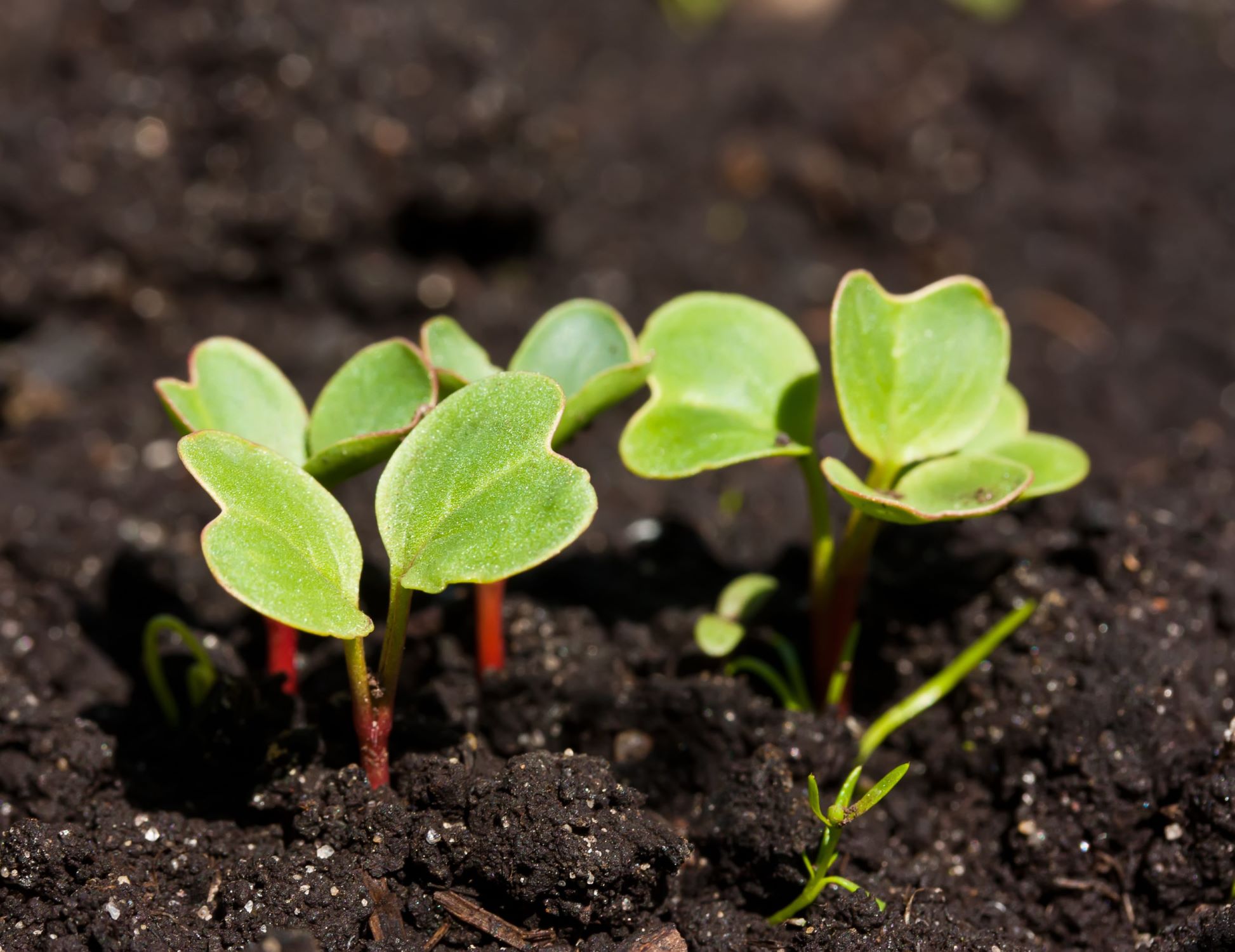

Garden Essentials
How Long Does It Take Radish Seeds To Sprout
Modified: April 22, 2024
Discover how long it takes for radish seeds to sprout in your garden. Get expert tips and insights to successfully grow radishes.
(Many of the links in this article redirect to a specific reviewed product. Your purchase of these products through affiliate links helps to generate commission for Storables.com, at no extra cost. Learn more)
Introduction
Welcome to the world of gardening! Growing your own plants and vegetables can be a rewarding and fulfilling experience. If you’re a beginner gardener looking to start with something easy and quick, radishes are a great choice. Not only do radishes add a burst of flavor to your salads and dishes, but they also sprout relatively quickly, providing you with the joy of seeing your efforts come to life in a short span of time.
In this article, we will explore the sprouting process of radish seeds and delve into the factors that affect their germination. We will also discuss the optimal conditions required for successful radish seed sprouting and provide tips on how to speed up the process. Additionally, we will troubleshoot common issues that may arise during radish seed germination, helping you navigate any challenges that come your way.
So, if you’re ready to embark on this gardening adventure and witness the magic of radish seeds transforming into vibrant sprouts, let’s dive in and learn more about how long it takes for radish seeds to sprout.
Key Takeaways:
- Radish seeds typically sprout in 4 to 7 days under optimal conditions, making them a quick and exciting choice for beginner gardeners.
- To speed up radish seed sprouting, try pre-soaking the seeds, warming the soil, and providing adequate light. Troubleshoot common issues like poor germination and damping-off disease for successful growth.
Understanding Sprouting Process
Before we dive into the specifics of radish seed sprouting, let’s first gain an understanding of the sprouting process itself. When a seed starts to sprout, it undergoes a series of biological changes that allow it to develop into a young plant. This process is known as germination.
During germination, the seed absorbs water through its outer layer, also known as the seed coat. As the seed takes in water, it swells and activates enzymes that break down stored nutrients inside the seed. This provides the necessary energy for the growth of the new plant.
The next stage of germination involves the emergence of the primary root, known as the radicle, which anchors the plant into the soil. From the radicle, the plant develops its primary shoot, also referred to as the hypocotyl. As the shoot grows upward, it breaks free from the soil, unfurling its first set of leaves known as the cotyledons. These cotyledons play a vital role in providing nutrients to the young plant until it can begin photosynthesis and produce its own food.
Understanding this sprouting process is essential for successfully growing radishes from seed. By providing the right conditions and care, you can facilitate and accelerate the germination and sprouting of radish seeds.
Factors Affecting Radish Seed Germination
Several factors can impact the germination of radish seeds. It’s crucial to consider these factors to ensure successful sprouting and the healthy growth of your radish plants. Here are the key factors that affect radish seed germination:
- Temperature: Radish seeds germinate best in cool soil temperatures ranging between 50°F to 75°F (10°C to 24°C). Higher temperatures can inhibit germination or lead to poor seedlings.
- Moisture: Adequate moisture is essential for radish seed germination. Ensure that the soil is consistently moist, but not overly saturated, during the germination process.
- Light: While radish seeds don’t require light to germinate, they do need light once sprouted. Place the seedlings in a well-lit area or provide supplemental light to ensure healthy growth.
- Seed Depth: Radish seeds are small and should be planted at a shallow depth of around ½ inch (1.3 cm). Planting too deep can hinder germination.
- Soil Quality: Good soil quality, rich in organic matter, promotes healthy germination and growth. Ensure the soil is loose, well-draining, and mixed with compost or organic fertilizers.
- Seed Quality: Using fresh, high-quality radish seeds significantly improves germination rates. Check the expiration date on seed packets and store them properly to maintain their viability.
By paying attention to these factors, you can provide the optimal conditions necessary for radish seed germination. Now that we understand the factors that affect germination, let’s explore the ideal conditions for sprouting radish seeds.
Optimal Conditions for Radish Seed Sprouting
To ensure successful sprouting of radish seeds, it’s important to provide them with the optimal conditions for growth. Here are the key elements to consider:
- Temperature: Radish seeds germinate best in cool soil temperatures between 50°F to 75°F (10°C to 24°C). You can use a soil thermometer to monitor the temperature and adjust accordingly.
- Moisture: Radish seeds require consistent moisture for germination. Keep the soil evenly moist, but avoid overwatering to prevent rotting. It’s beneficial to water the soil before planting the seeds and maintain moisture throughout the germination period.
- Light: While radish seeds don’t require light to germinate, they need sufficient light once they sprout. Place the seed trays or pots in a well-lit area or provide artificial light using grow lights if natural light is limited. Aim for 12-16 hours of light daily.
- Seed Depth: Plant radish seeds at a shallow depth of about ½ inch (1.3 cm) in the soil. Gently cover the seeds with a thin layer of soil and press it down slightly to ensure good seed-to-soil contact.
- Soil Quality: Prepare the soil beforehand by loosening it and removing any debris or weeds. Mix in organic matter like compost or well-rotted manure to improve fertility, drainage, and moisture retention.
- Seed Spacing: To allow each radish plant enough space to grow, sow the seeds with a spacing of approximately 1-2 inches (2.5-5 cm) apart. This provides ample room for the development of radish roots and avoids overcrowding.
By providing these optimal conditions, you can encourage the sprouting and healthy growth of radish seeds. Now, let’s explore the typical germination time for radish seeds.
Radish seeds typically take 3-7 days to sprout. Keep the soil consistently moist and provide plenty of sunlight for best results.
Germination Time for Radish Seeds
The germination time for radish seeds can vary depending on various factors such as temperature, moisture, and seed quality. On average, radish seeds usually germinate within 4 to 7 days under ideal conditions.
Radish seeds are known for their relatively quick germination compared to many other vegetable seeds. This makes them a popular choice for gardeners who are eager to see results in a short amount of time.
However, it’s important to note that germination times can be influenced by several factors. Cooler soil temperatures may delay germination, while warmer temperatures can expedite the process. If you’re looking for faster germination, you can increase the soil temperature slightly by using a heating mat or germination chamber.
In addition to temperature, the moisture level in the soil plays a crucial role in radish seed germination. Keeping the soil consistently moist (but not waterlogged) during the germination period helps to facilitate the sprouting process. Dry soil can significantly slow down or inhibit germination, so regular watering is essential.
Finally, the quality and freshness of the radish seeds can affect germination time. Using fresh, high-quality seeds increase the chances of quick and successful sprouting. Always check the expiration date on seed packets and store them properly to maintain their viability.
Overall, with proper care, optimal conditions, and attention to these factors, you can expect to see radish seeds sprouting within 4 to 7 days. However, don’t be discouraged if germination takes a bit longer, as environmental factors can sometimes cause slight variations in germination time.
Now that we know the typical germination time, let’s explore some tips on how to speed up radish seed sprouting.
Read more: How Long Does A Seed Take To Sprout
Tips for Speeding Up Radish Seed Sprouting
If you’re eager to see your radish seeds sprout quickly, there are several tips and techniques you can try to expedite the germination process. Here are some effective strategies:
- Pre-soaking: Soak radish seeds in water for 4-6 hours before planting. This softens the seed coat and helps speed up germination.
- Warm the soil: If you’re growing radishes in cooler temperatures, warm the soil before planting by using a clear plastic cover or a cloche. This creates a mini-greenhouse effect and raises the temperature, promoting faster germination.
- Provide optimal moisture: Ensure the soil remains consistently moist but not waterlogged. Check the moisture level regularly and water the seeds gently if needed.
- Use a germination mat: Invest in a germination mat or heating pad designed to warm the soil from beneath. This helps maintain a consistent temperature, which can speed up germination.
- Provide adequate light: Once the seeds sprout, make sure they receive sufficient light. Place them in a well-lit area or use artificial grow lights to stimulate growth.
- Thin out seedlings: If you find that radish seedlings are overcrowded, thin them out by gently removing excess seedlings to allow more space for the remaining plants to grow.
- Plant succession crops: Radishes have a quick growth cycle, so you can plant them in succession every few weeks. This way, you’ll have a continuous harvest and won’t have to wait too long for the next round of sprouts.
By implementing these techniques, you can speed up the radish seed sprouting process and enjoy your freshly harvested radishes sooner.
Now, let’s address any common issues that may arise during radish seed germination and how to troubleshoot them.
Troubleshooting Common Issues in Radish Seed Germination
While radish seeds generally have a high germination rate and sprout readily, there are a few common issues that you may encounter during the germination process. Here are some troubleshooting tips to help address these problems:
- Poor germination: If your radish seeds are not germinating as expected, it could be due to old or low-quality seeds. Always check the expiration date on the seed packet and ensure you’re using fresh seeds. Also, make sure you provide optimal conditions for germination, including proper moisture, temperature, and light.
- Damping-off disease: Damping-off is a fungal disease that can cause the seedlings to wilt, rot, and eventually die. To prevent this, use sterilized soil and containers, avoid overwatering, and provide good air circulation. If damping-off occurs, remove the affected seedlings and adjust the level of moisture in the soil.
- Poor seedling growth: If the radish seedlings are not growing well or appear weak, it may be due to inadequate soil fertility. Ensure the soil is enriched with organic matter and provide a balanced fertilizer to promote healthy growth.
- Seedling thinning: If your radish seedlings are overcrowded, they may compete for resources and result in stunted growth. Thin out the seedlings by gently removing the excess ones, providing sufficient space for the remaining plants to develop properly.
- Pest attacks: Radish seedlings are sometimes vulnerable to pests such as aphids or flea beetles. Monitor your plants regularly and take appropriate measures to control pests, such as using organic insecticides or employing beneficial insects like ladybugs.
Addressing these common issues can help optimize the germination and growth of your radish seeds. Remember to pay attention to the specific needs of the radish plant and adjust the growing conditions accordingly.
Now that we’ve covered troubleshooting, let’s conclude our discussion on radish seed sprouting.
Conclusion
Growing radishes from seed can be a rewarding and exciting experience. With their relatively quick germination and sprouting times, radish seeds are perfect for beginners and those looking for fast results in their garden.
By understanding the sprouting process, considering the factors that affect radish seed germination, and providing optimal conditions, you can ensure successful sprouting and healthy growth. Factors such as temperature, moisture, light, and seed quality all play a role in the germination process.
With the right care and attention, radish seeds typically germinate within 4 to 7 days. However, factors such as temperature and moisture levels can influence germination time. If you’re eager to speed up the process, pre-soaking the seeds, warming the soil, and providing adequate light can help facilitate quicker sprouting.
It’s important to troubleshoot common issues that may arise during radish seed germination, such as poor germination, damping-off disease, or pest attacks. By addressing these challenges, you can ensure the successful growth of your radish plants.
Remember to thin out the seedlings if they become overcrowded, provide adequate moisture and light, and monitor for any signs of pests or diseases that may hinder germination and growth.
Now that you have a deeper understanding of radish seed sprouting, it’s time to put your knowledge into practice. Plant your radish seeds with confidence, and soon enough, you’ll be enjoying the crisp and flavorful radishes from your own garden.
Happy gardening!
Frequently Asked Questions about How Long Does It Take Radish Seeds To Sprout
Was this page helpful?
At Storables.com, we guarantee accurate and reliable information. Our content, validated by Expert Board Contributors, is crafted following stringent Editorial Policies. We're committed to providing you with well-researched, expert-backed insights for all your informational needs.
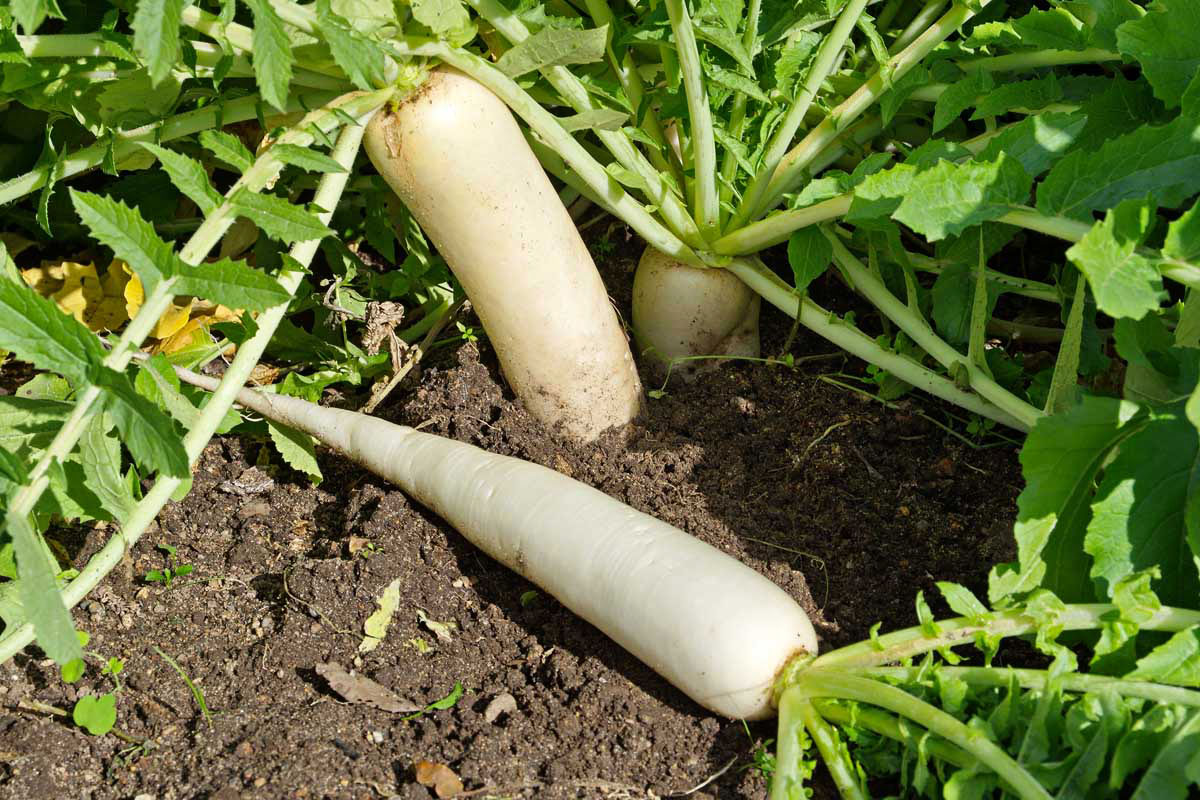
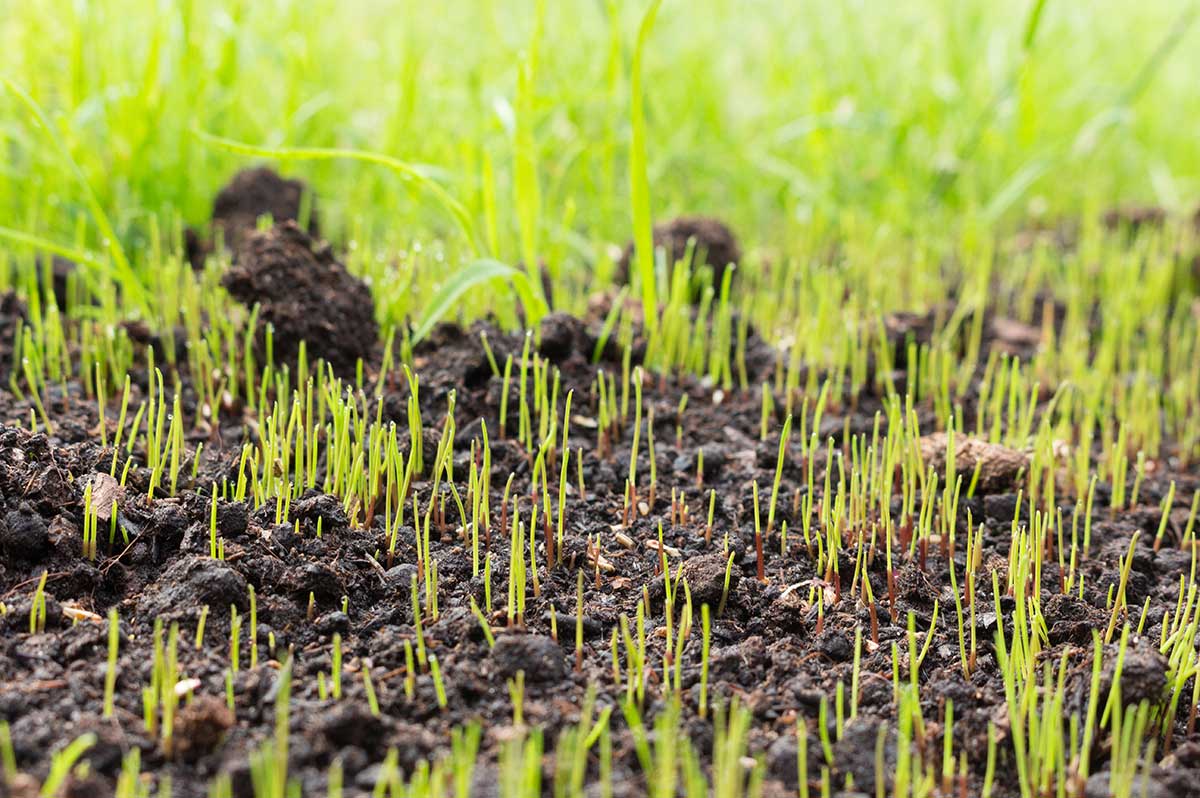
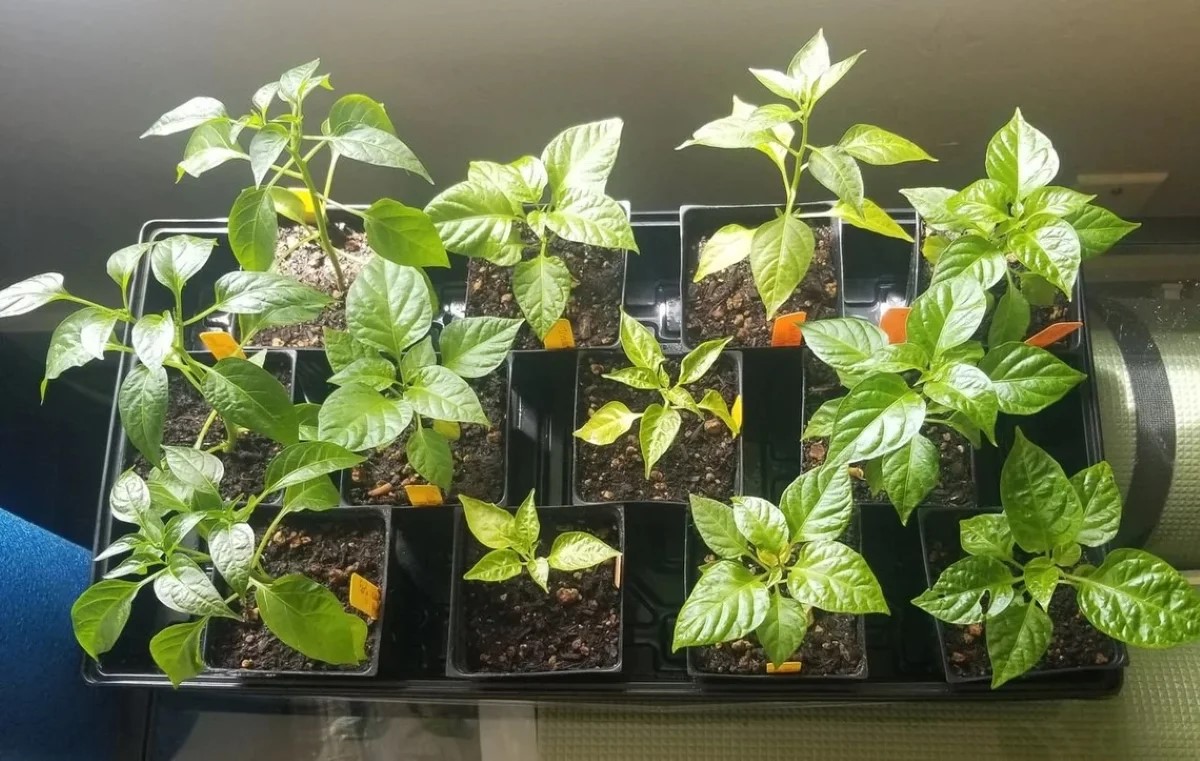
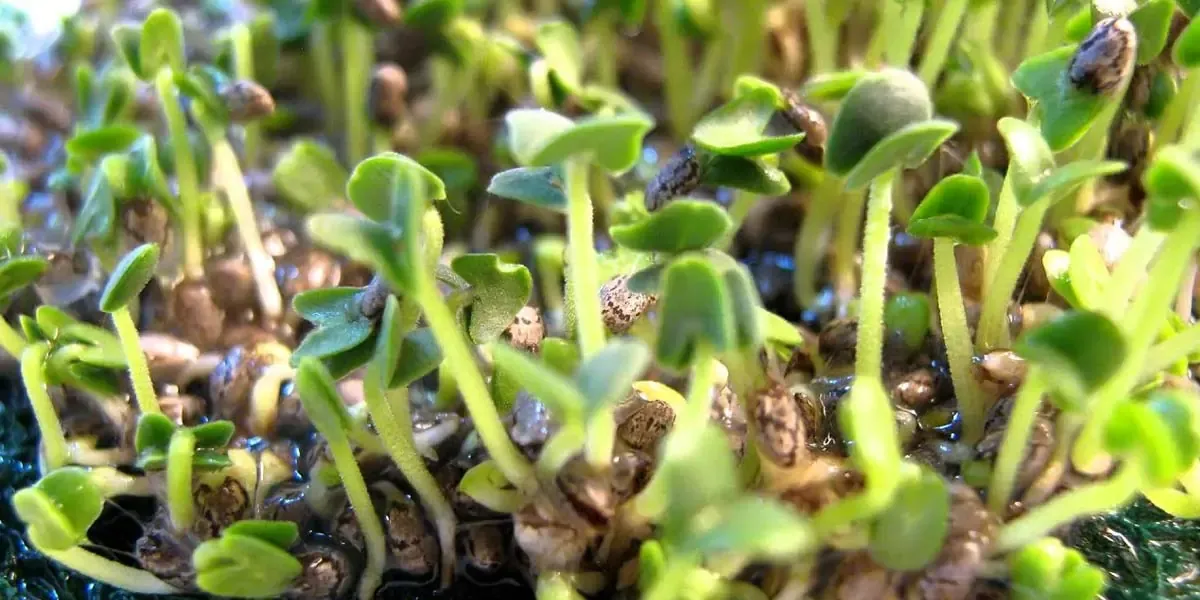
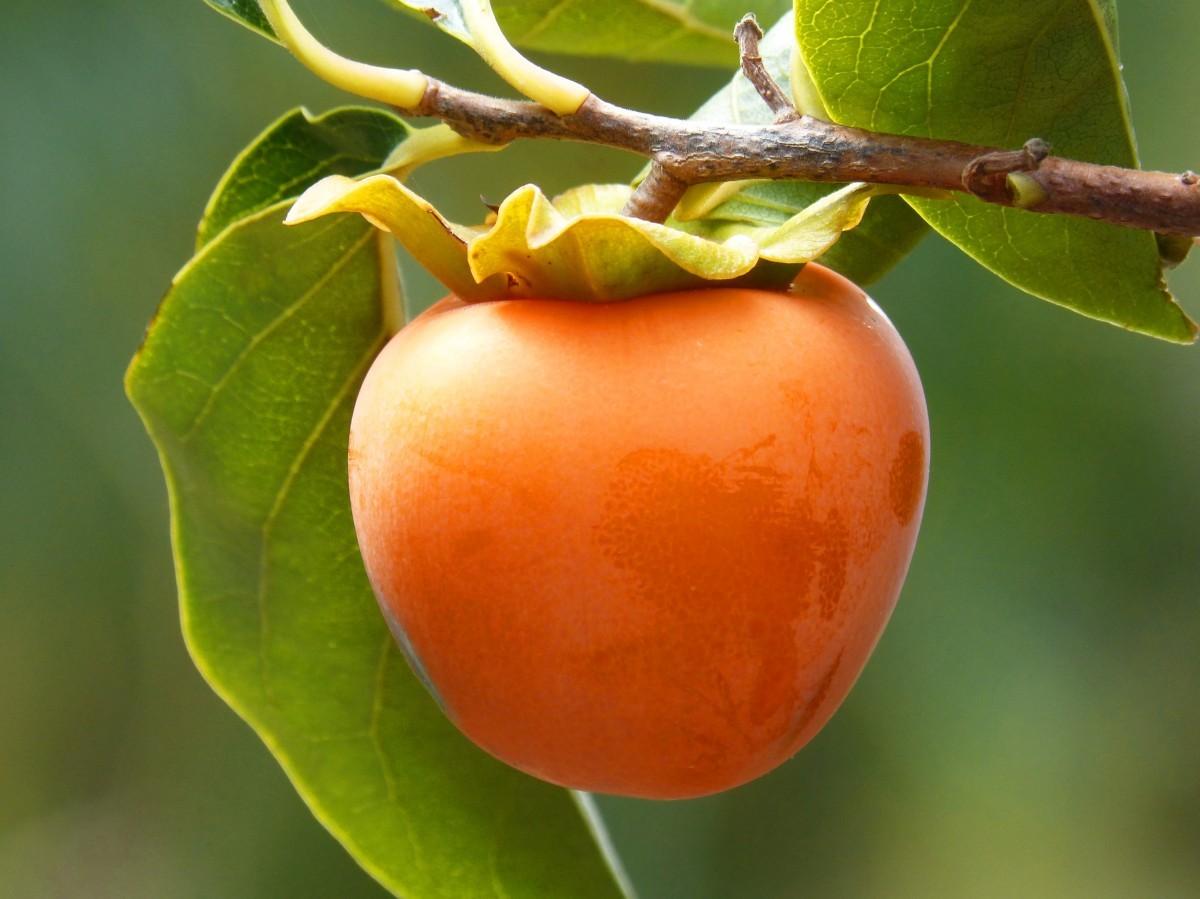
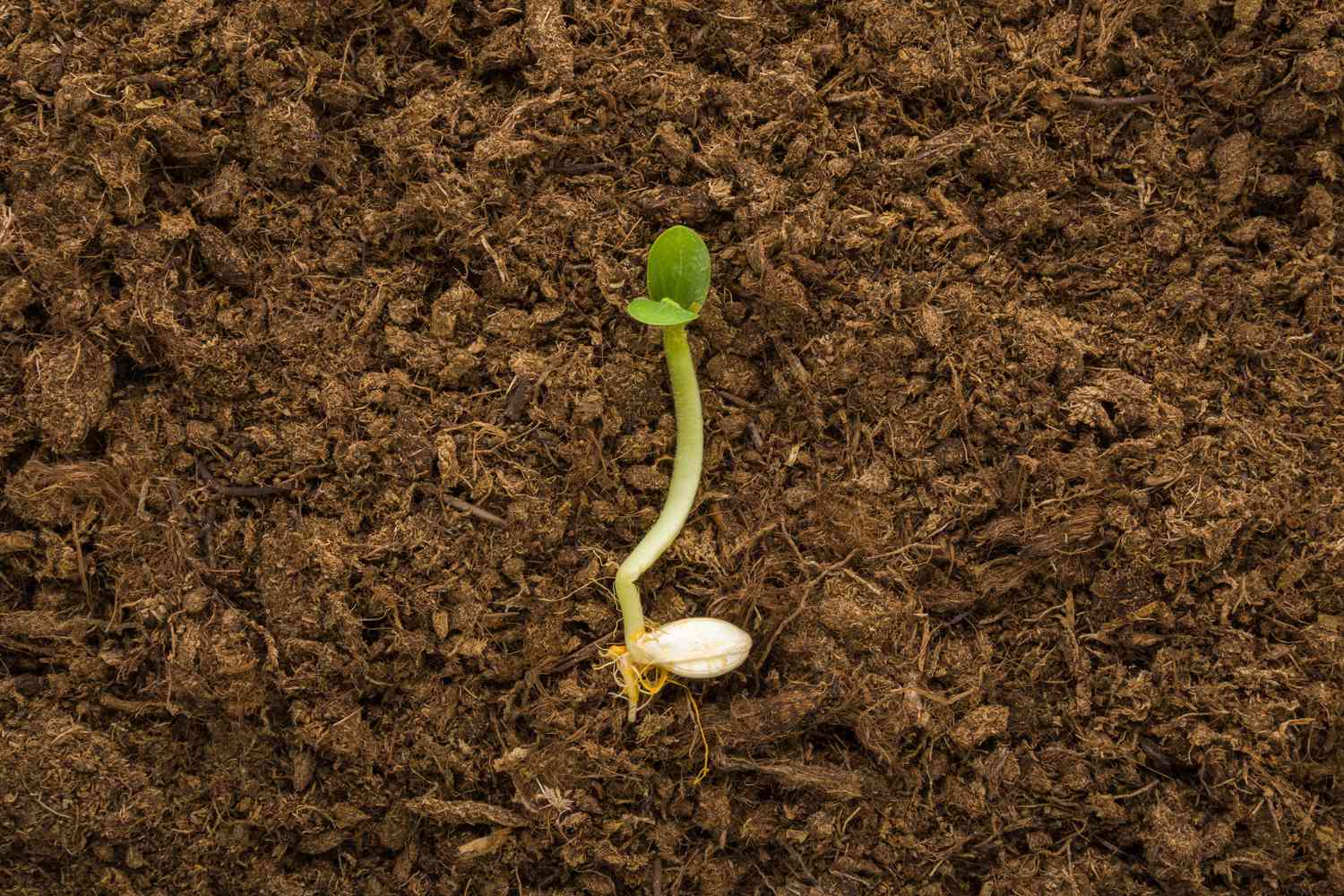
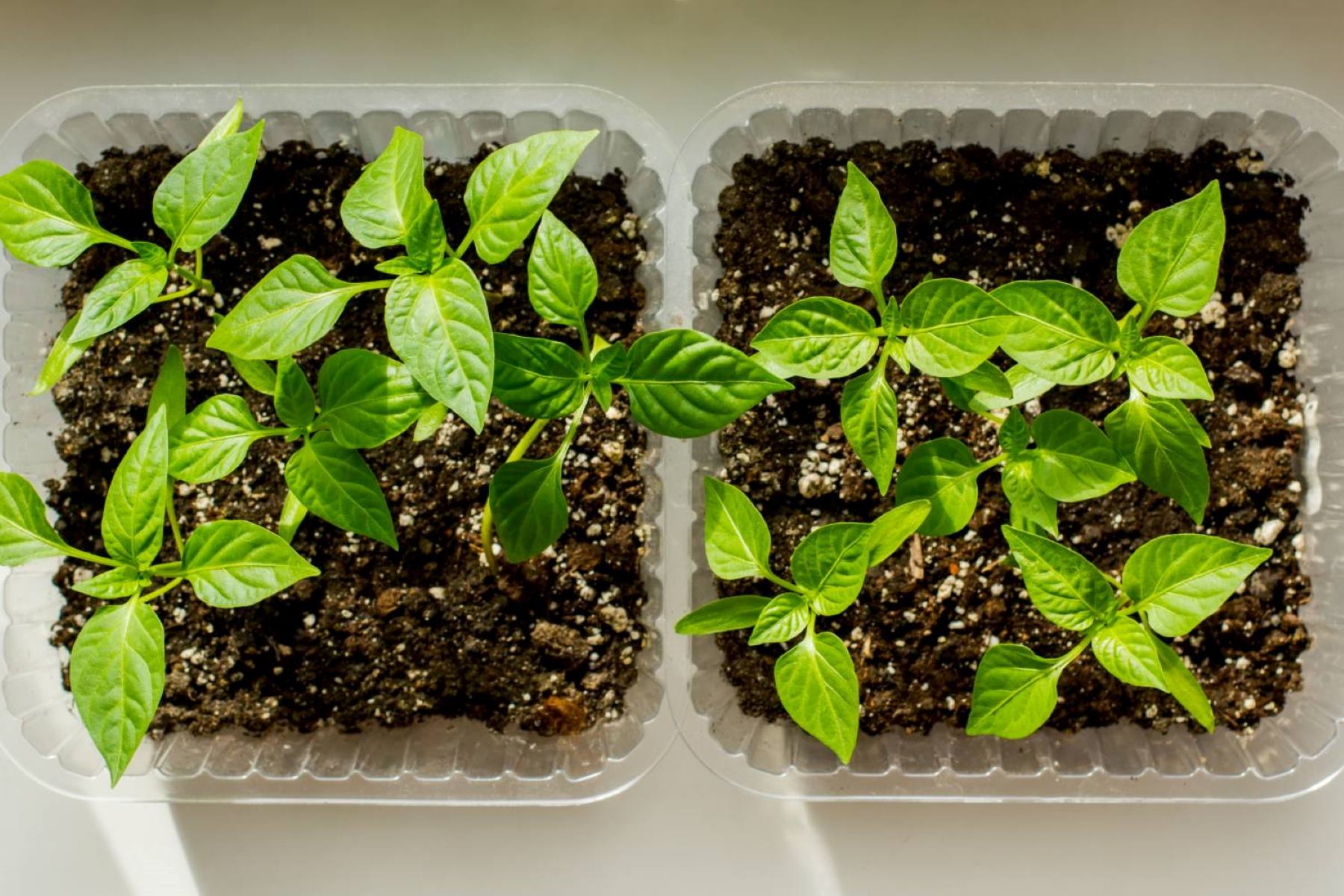
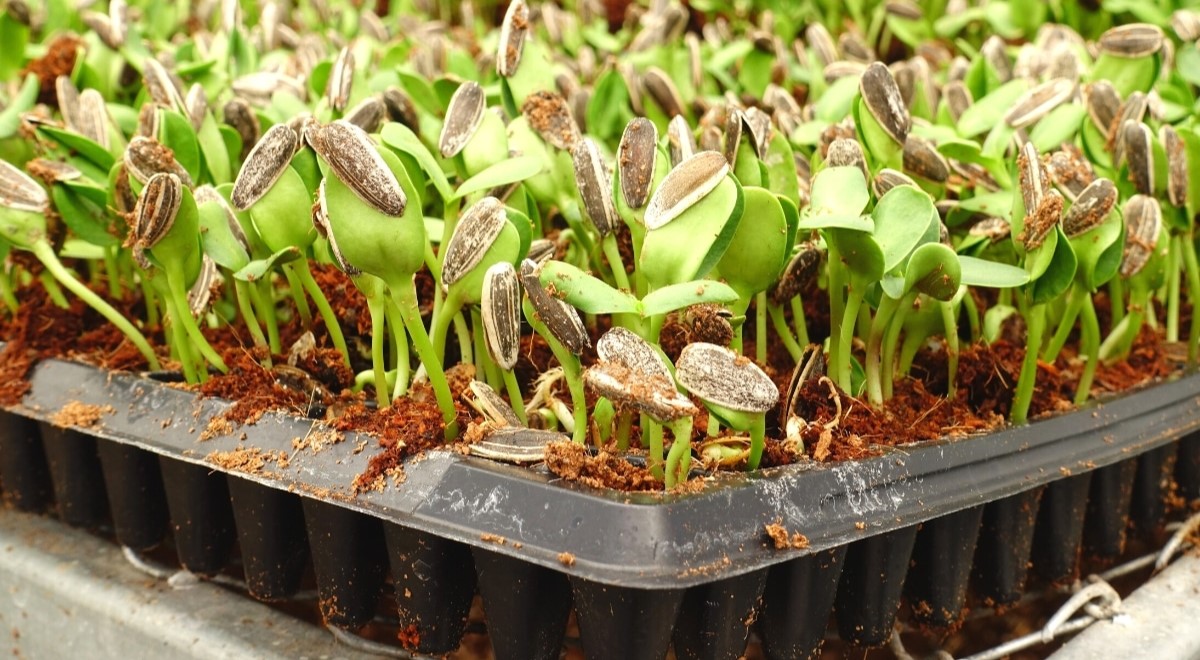
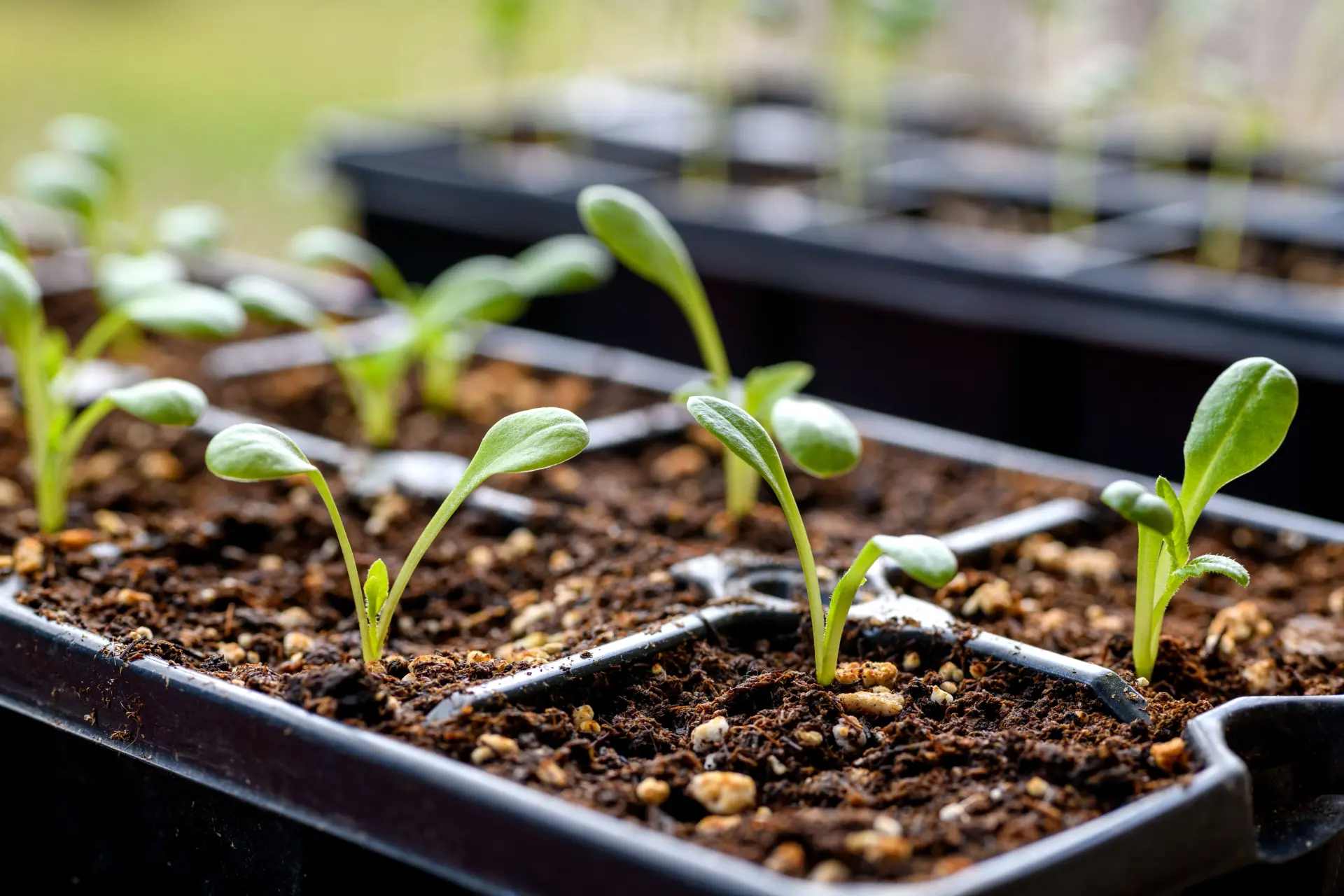
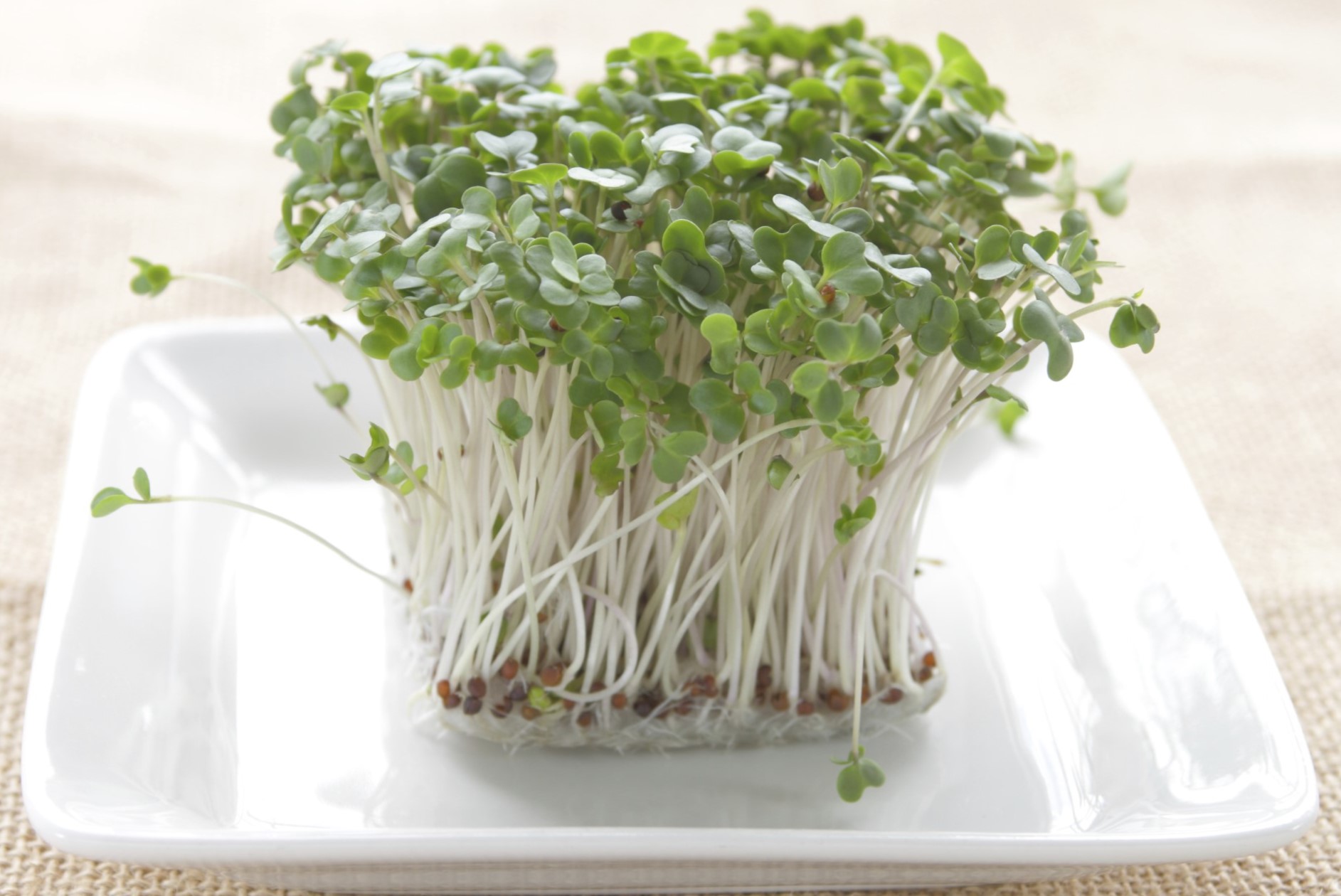
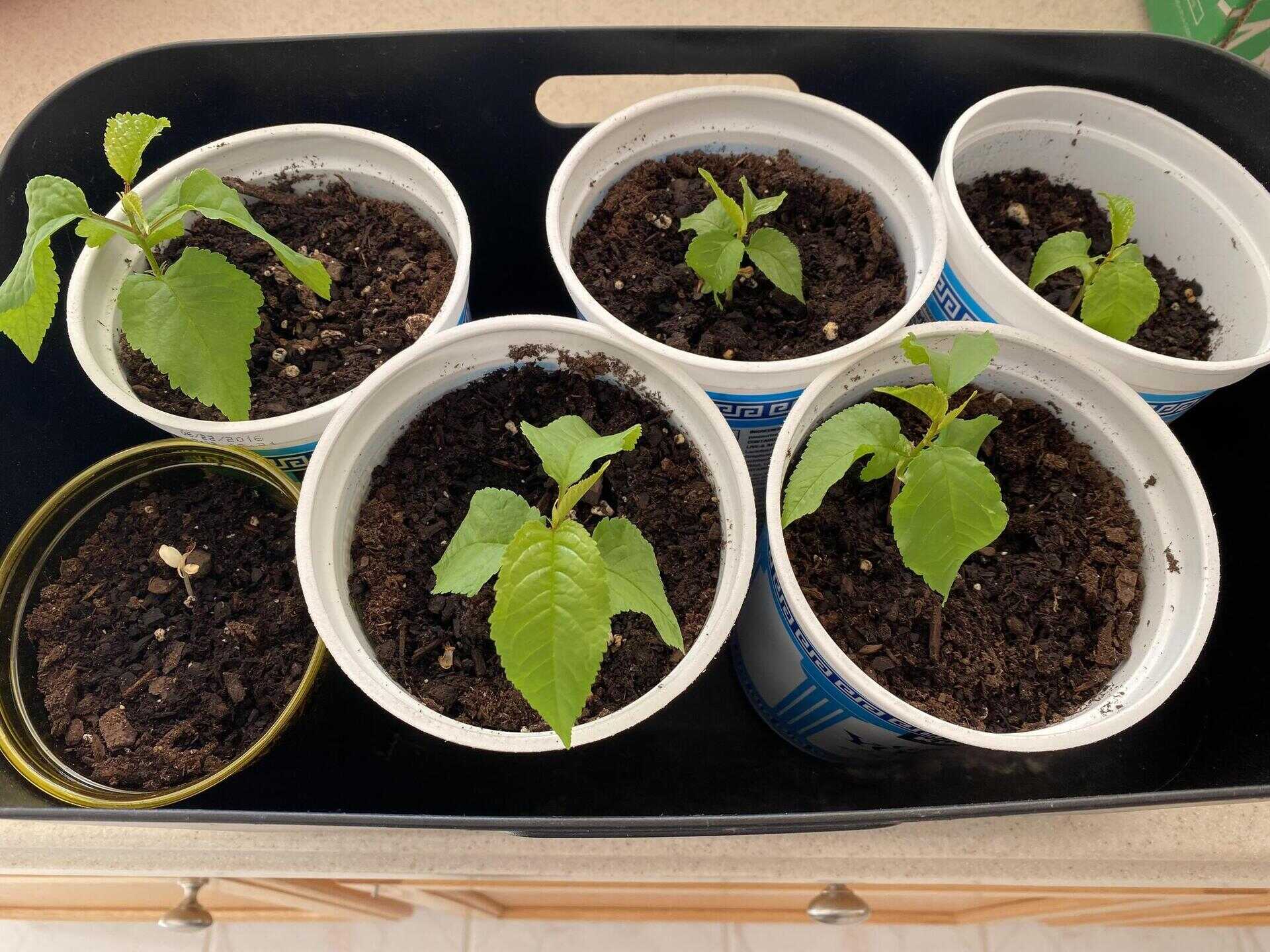
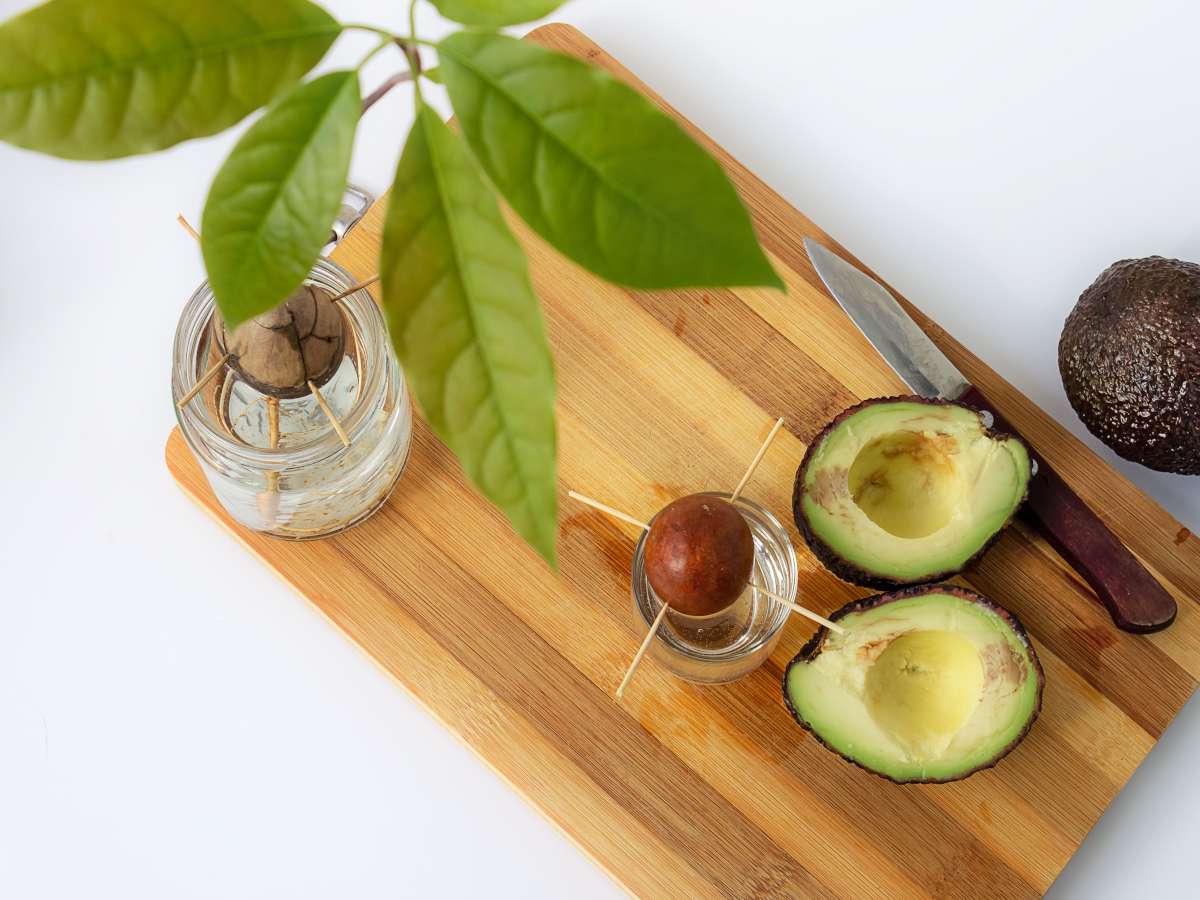
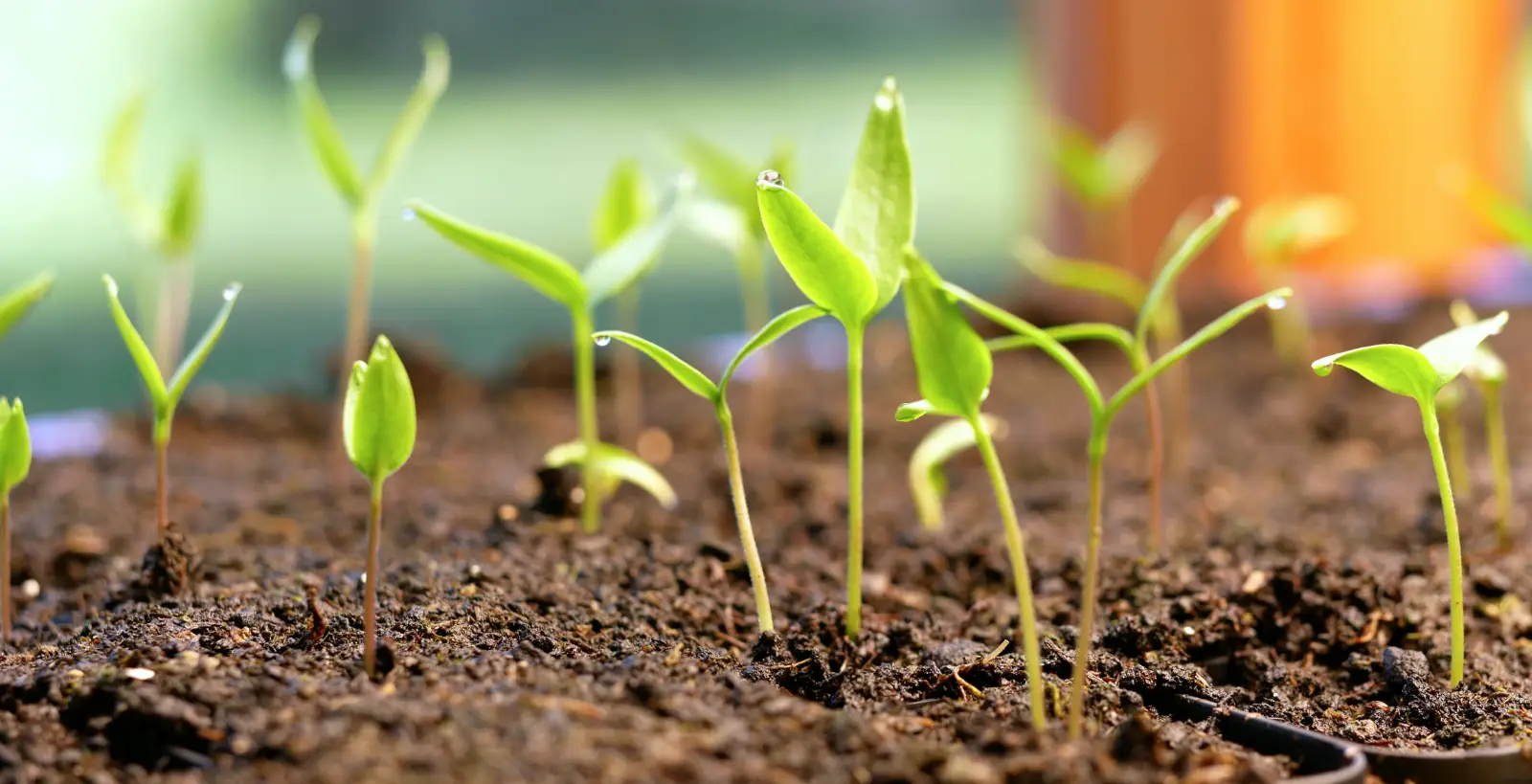
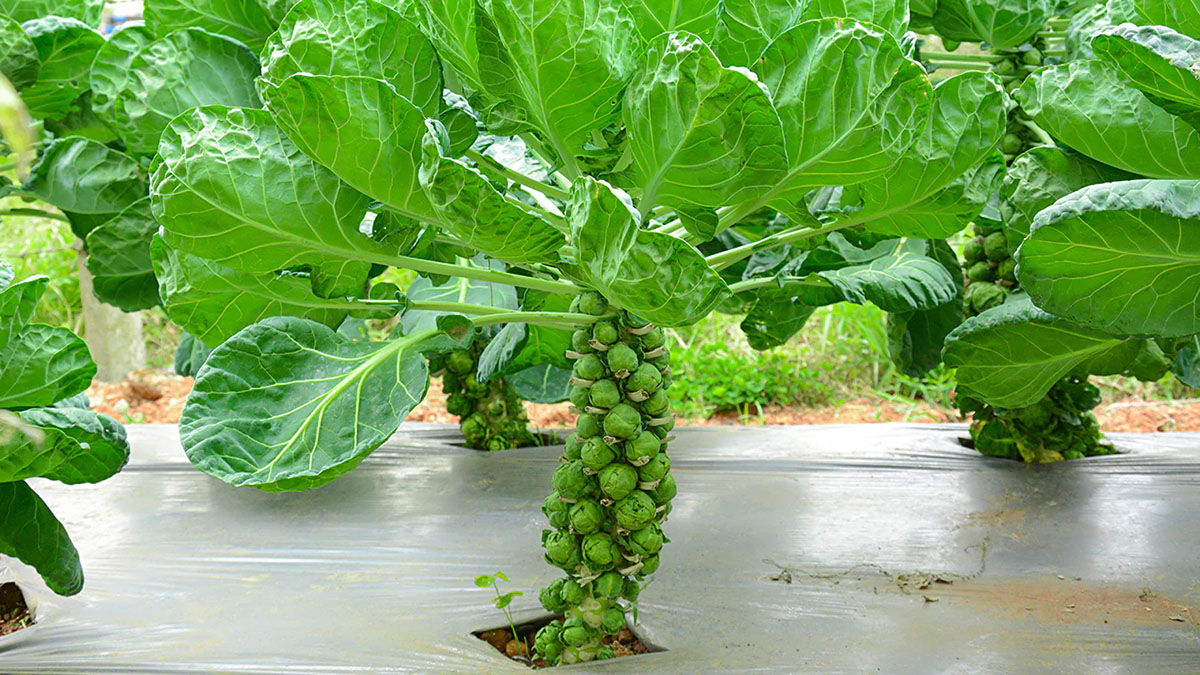

0 thoughts on “How Long Does It Take Radish Seeds To Sprout”